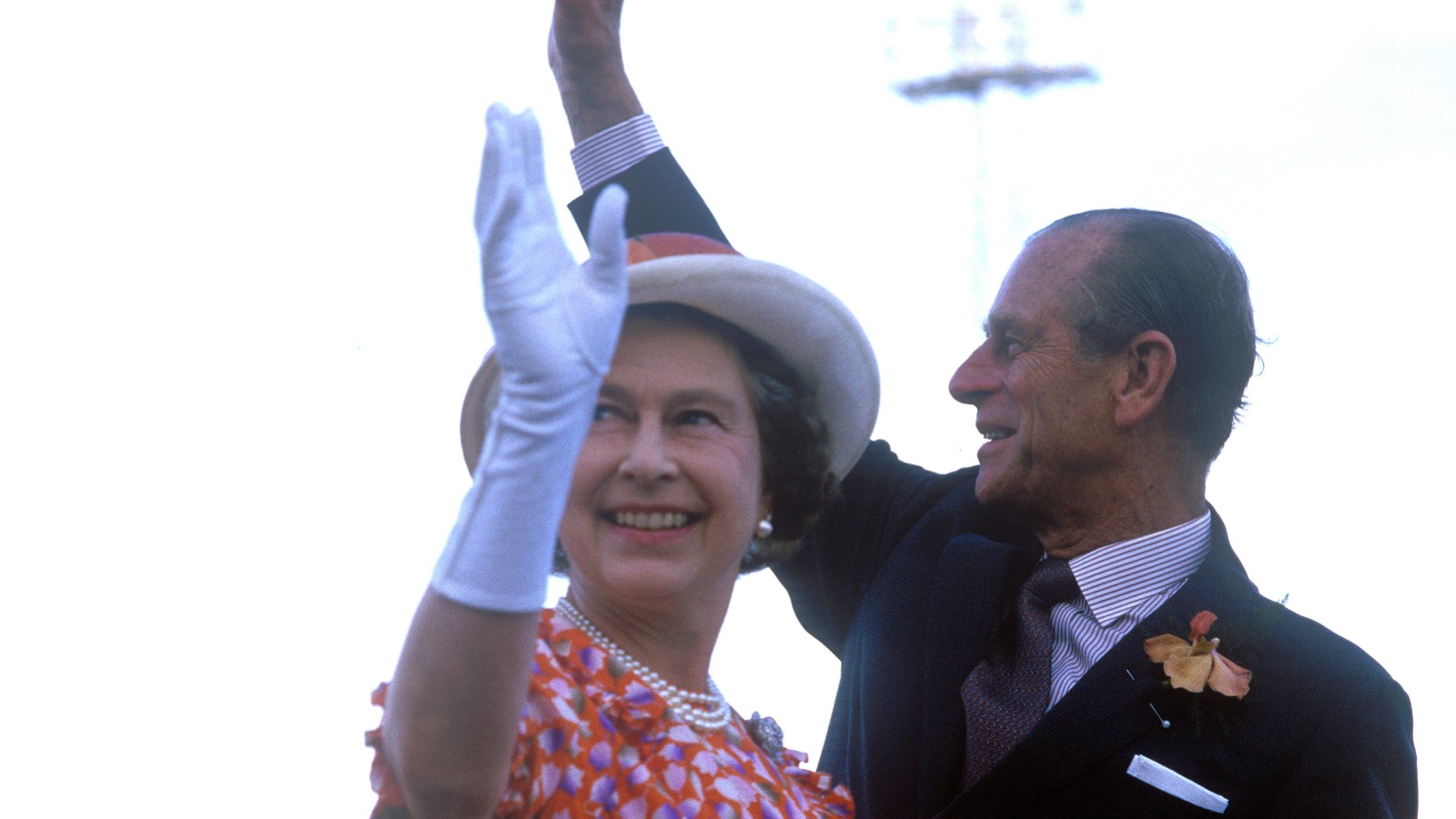Why did the Queen give Prince Philip his title? The Crown may hold the answer
Here's the tea on this royal couple


For over 70 years, Queen Elizabeth and Prince Philip have been married, but the question still remains: why did Philip become a Prince?
- The Netflix series The Crown offers some insight into the Royal Family's lives, specifically Queen Elizabeth's biography.
- The award-winning show provides a more dramatized reenactment of the discomfort Prince Philip felt towards the imbalance of power between the Queen and him.
- In other royal news, it looks like Kate Middleton and Meghan Markle are more alike than we thought.
If you're a fan of the Royal Family, then you've probably already binged every season of The Crown on Netflix. For fans who haven't watched it yet, the series gives you the royal scoop on everything regarding Queen Elizabeth. This includes her marriage to Prince Philip and his eventual coronation.
The Queen has never given a specific reason why Philip was given his title Prince Philip, the Duke of Edinburgh, The Crown season two may have clued us in to a potential theory. Before his marriage to Queen Elizabeth, Philip was the Prince of Greece and Denmark, but in order to marry the Queen, he had to renounce both titles.
In the show, it's very clear that Philip is often uncomfortable with the imbalance of power between his wife and him. This is just the show's portrayal of his character, but for the time period, it's not unsurprising given the gender norms of society back then.
Fast forward a decade into their marriage and five years into Elizabeth's role as Queen, she held a coronation for Philip making him Prince Philip, Duke of Edinburgh, bringing him back to the equivalent title he gave up before the two got married.

The palace even released an official statement in 1957, making it official.
"The Queen has been pleased to declare her will and pleasure that His 'Royal Highness the Duke of Edinburgh shall henceforth be known as His Royal Highness The Prince Philip, Duke of Edinburgh," the palace said.
Sign up to our free daily email for the latest royal and entertainment news, interesting opinion, expert advice on styling and beauty trends, and no-nonsense guides to the health and wellness questions you want answered.
The exact reasoning has never been addressed to the public, but we can only assume it was done to ease any tension between the couple. Especially since Elizabeth didn't take on Philip's surname (and neither did any of their children).
This is only further insinuated in a biography of Elizabeth by Sally Bedell Smith and reported by Vanity Fair when Philip says, "I am the only man in the country not allowed to give his name to his children. I’m nothing but a bloody amoeba."
The Crown also suggests that Philip having to kneel in front of Elizabeth during his coronation was also a point of unease between the two of them. This is not surprising, though, as it took place during the 50s, a decade known for women playing an inferior role in society.
In real life, though, the couple seems to balance one another out and have remained married for over seven decades.
"Prince Philip is the only man in the world who treats the Queen simply as another human being," Queen Elizabeth's former private secretary Lord Charteris told Vanity Fair. "He’s the only man who can. Strange as it may seem, I believe she values that."
Rylee is a U.S. news writer who previously worked for woman&home and My Imperfect Life covering lifestyle, celebrity, and fashion news. Before joining woman&home and My Imperfect Life, Rylee studied journalism at Hofstra University where she explored her interests in world politics and magazine writing. From there, she dabbled in freelance writing covering fashion and beauty e-commerce for outlets such as the TODAY show, American Spa Magazine, First for Women, and Woman’s World.
